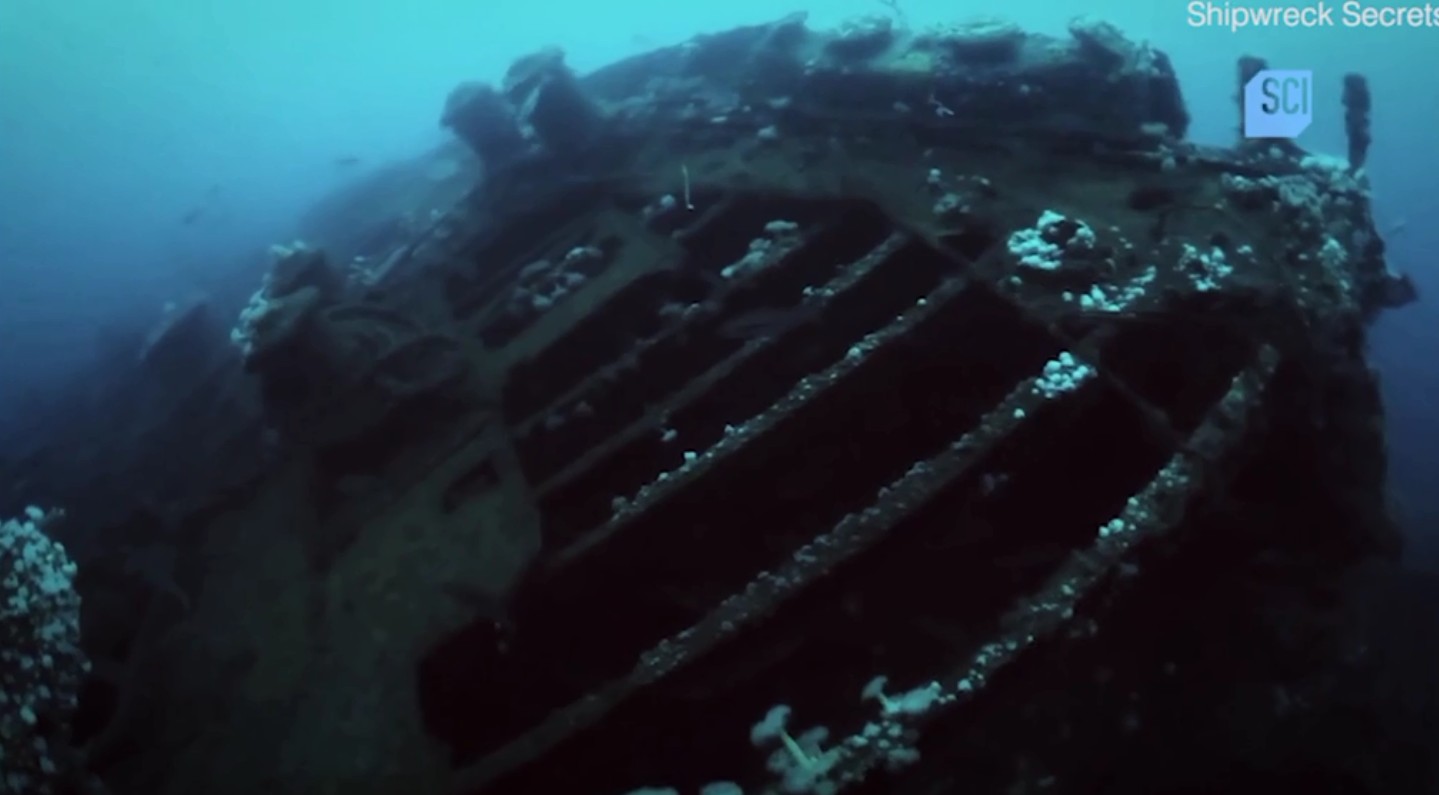From missing aircraft to ghost ships, the Bermuda Triangle is home to some of the planet’s most puzzling phenomena. Located between Florida, Puerto Rico, and Bermuda, the region’s long history of fatal shipwrecks has fueled countless supernatural speculations.
However, Dr. Simon Boxall, an oceanographer at the University of Southampton, says the real explanation does not involve UFOs or interdimensional portals. He attributes the disappearances to “giant waves,” also known as extreme storm waves. These massive walls of water are unpredictable, can reach twice the height of surrounding waves, rise up to 30 meters, and can strike from unexpected directions.
According to Dr. Boxall, a large ship caught in one of these deadly waves could sink within just two or three minutes.

Theories about the deadly allure of the Bermuda Triangle have circulated widely since the disappearance of the USS Cyclops in 1918. The USS Cyclops, an American collier used to transport fuel for warships during World War I, vanished while traveling from Brazil to Baltimore without sending a distress signal. Despite an extensive search, no trace of the 165-meter ship or its 306 crew members was found.
Because of the sudden nature of the disappearance, conspiracy theorists and UFO enthusiasts proposed countless fantastical explanations. However, Dr. Simon Boxall believes it is more likely that the USS Cyclops was sunk by a giant wave.
Speaking in the Channel 5 documentary The Bermuda Triangle Enigma, Dr. Boxall states that the Bermuda Triangle is a hotspot for giant waves: “There are storms from the south and the north that converge,” he explains, creating hazardous conditions at sea.

Giant Waves and the Mystery of the USS Cyclops
“If there are more waves coming from Florida, there could be a potentially deadly formation of giant waves,” says Dr. Boxall. Along with colleagues at the University of Southampton, he built a model of the USS Cyclops to see how the ship would react to such enormous waves.
The tests revealed that, due to the ship’s flat base and massive size, it wouldn’t take long for the waves to flood it. A giant wave can be so steep that it leaves the middle of the ship suspended between peaks, creating a scenario where the vessel could literally break in two.
“They are steep, they are tall — we measured waves over 30 meters,” explains Dr. Boxall. “If this happens, a ship can sink in just two or three minutes.”
If the USS Cyclops — or any other missing ship — was struck by giant waves, this could explain why they sank before sending a distress signal.
Scientific Skepticism About the Bermuda Triangle

Dr. Boxall adds: “The larger the ship, the greater the damage caused.” However, not all scientists are convinced that there is a real mystery to solve.
Several researchers point out that the rates of shipwrecks and aircraft accidents in the Bermuda Triangle are within normal ranges. According to the National Oceanic and Atmospheric Administration (NOAA): “There is no evidence that mysterious disappearances occur more frequently in the Bermuda Triangle than in any other large, busy ocean area.”
Similarly, data from the insurance company Lloyd’s of London show that losses in the Bermuda Triangle are no higher than in any other part of the world. These incidents can often be explained by natural forces, such as giant waves, or by the fact that the Caribbean is relatively challenging to navigate.
The NOAA notes: “Environmental considerations can explain many, if not most, of the disappearances. The large number of islands in the Caribbean Sea creates many shallow areas that can be hazardous for ship navigation.”










